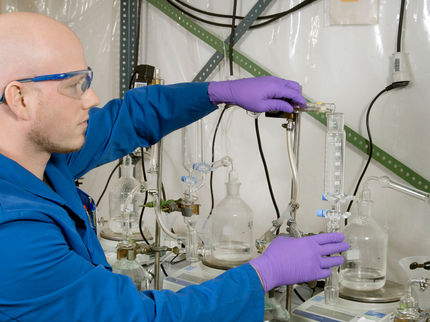On the safe side: contact-free analysis of chemical substances
Advertisement
Is it drugs, medicines or explosives? At the analytica trade fair, Fraunhofer researchers, joined by the Hübner Company, are presenting a terahertz spectrometer that provides reliable, contact-free identification of substances.
December 2011: Security forces intercept a letter bomb addressed to Josef Ackermann, the head of Deutsche Bank. At almost the same moment, a letter bomb explodes in an office in Rome. The hand of the manager in charge of Equitalia, the tax-collection authority, was injured. Until now, police officers or security staff have had to conduct painstaking inspections of any suspicious parcels and letters by hand - an error-prone approach. At the end of 2011, though, the scanner T-Cognition 1.0 from Hübner company of Kassel, Germany, went on the market. The device, developed with the assistance of Fraunhofer researchers, detects, without contact, substances such as drugs or explosives contained in unopened letters or flat packages.
„You place the suspicious parcels or letters in a kind of drawer, and the device uses terahertz waves to determine whether it contains explosives. This protects confidentiality, and the mail can then be delivered safely," explains Dr. Joachim Jonuscheit, deputy division director at the Kaiserslautern facility of the Fraunhofer Institute for Physical Measurement Techniques IPM and the researcher in charge of terahertz analysis there. The attacks in Rome and Frankfurt fueled the security industry's interest in the analysis device.
„Most dielectric materials, such as plastics, clothing or paper, are transparent to microwaves and can also be penetrated by terahertz waves with comparatively low reduction. For non-destructive non-destructive testing, the terahertz range is extremely interesting," the expert adds. On the electromagnetic spectrum, terahertz waves can be found at the junction between microwaves and infrared radiation. The frequency range extends from 100 GHz to 10 THz; this corresponds to a wavelength from 3 mm to 30 µm. Terahertz waves combine the benefits of the adjoining spectral ranges: high penetration depth and low scatter, accompanied by good spatial resolution and the capability of spectral identification of unknown substances.
Like radiation in the infrared range, Terahertz waves reveal a substance's spectral signature. The measurement device features a database with the spectral „fingerprints" of hazardous materials and can be extended to include additional materials at any time. The device compares the spectral fingerprint of the substance to analyze with values in its database and returns a clear result. The scanner operates using transmission and reflection analysis. In safety checks, the terahertz wave offers low-loss penetration of envelopes made of paper or plastic to detect any chemical substances within. If a package contains, say, metal – as housing for an explosive device – the wave is reflected and measured by the receiver. This is how suspicious packages can be identified quickly.
Now the researchers also want to gain a foothold in the pharmaceuticals and chemicals industries. „Up until now, makers of pharmaceuticals had to prepare extra samples if they wanted to find out whether the mixture ratio in a particular drug was right, whether the chemical was in the desired crystalline structure, and whether quality was all right," Jonuscheit points out. „Depending on the substance and the material involved, our device clearly detects all of the chemicals found. It also provides basic analysis of the mixture ratio of multiple substances. Terahertz analysis also allows conclusions about the substances' crystalline structure. For instance, you can determine whether a potentially unwanted recrystallization has taken place. In the future, this can spare chemicals and pharmaceuticals manufacturers painstaking preliminary analysis and sample preparation," the expert points out.
Most read news
Organizations
Other news from the department science
These products might interest you
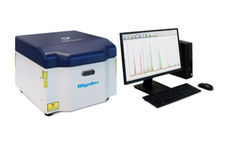
NEX CG II by Applied Rigaku Technologies
Elemental analysis at ppb level for exact results
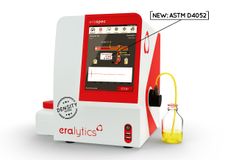
ERASPEC by eralytics
Spectral Fuel Analysis in Seconds with ERASPEC
Fast delivery of over 40 fuel parameters at the push of a button
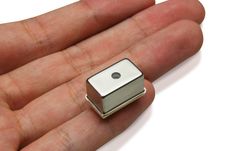
Microspectrometer by Hamamatsu Photonics
Ultra-compact microspectrometer for versatile applications
Precise Raman, UV/VIS and NIR measurements in portable devices

SPECORD PLUS by Analytik Jena
SPECORD PLUS Series - Maximum precision in UV/Vis
The modern classic guarantees the highest quality
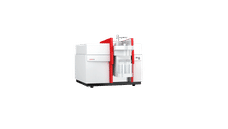
ZEEnit by Analytik Jena
Zeeman Technology for Maximum Sensitivity – Matching any Analytical Problem
Transverse-heated graphite furnace for optimum atomization conditions and high sample throughput

contrAA 800 by Analytik Jena
contrAA 800 Series – Atomic Absorption. Redefined
Multi-element analysis and ease of use at a manageable cost
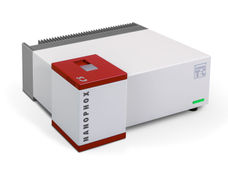
NANOPHOX CS by Sympatec
Particle size analysis in the nano range: Analyzing high concentrations with ease
Reliable results without time-consuming sample preparation
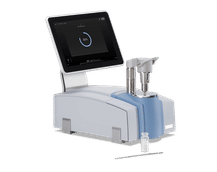
ALPHA II by Bruker
Chemical analysis made easy: compact FT-IR system
Increase the efficiency of your routine analyses with user-friendly technology
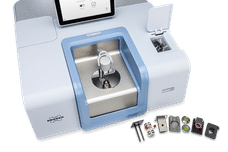
INVENIO by Bruker
FT-IR spectrometer of the future: INVENIO
Freely upgradeable and configurable FT-IR spectrometer
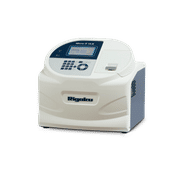
Micro-Z ULS by Rigaku
Accurately measure sulphur content in fuels: WDXRF analyser
Reliable routine analyses with 0.3 ppm detection limit and compact design
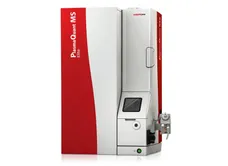
PlasmaQuant MS-Serie by Analytik Jena
Mass spectrometers for highly sensitive research applications and lowest detection limits
The formula for success in LC-ICP-MS – PlasmaQuant MS series and PQ LC

novAA® 800 by Analytik Jena
The Analyzer 4 You - novAA 800-Series
The reliable all-rounder, making routine analysis efficient and cost-effective

S2 PICOFOX by Bruker
Fast and precise trace element analysis on the move
TXRF technology for minimal samples and maximum efficiency
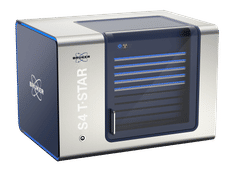
S4 T-STAR by Bruker
TXRF spectrometer: Sub-ppb detection limits & 24/7 analytics
Minimal operating costs because no gases, media or lab equipment are required
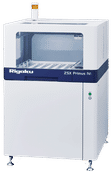
ZSX Primus IVi by Rigaku
High-precision WDXRF analysis for industrial applications
Maximum sensitivity and throughput for light elements and complex samples

Agera by HunterLab Europe
Save Valuable Time: Color and Gloss Measurement in Record Time
Capture the Color Impression of the Sample Exactly as the Human Eye Perceives It

Renting and Leasing Solutions for Laboratories by Bios Analytique
Specialists in the rental and leasing of scientific equipment for laboratories throughout Europe
Whether you have an unexpected requirement or limited budget, we have the perfect solution for you
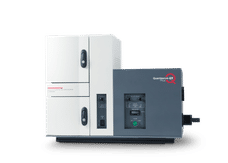
Quantaurus-QY by Hamamatsu Photonics
High-speed UV/NIR photoluminescence spectrometer
Precise quantum yield measurements in milliseconds without reference standards
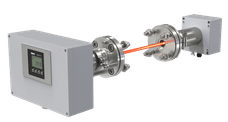
SITRANS TDL by Siemens
Efficient process gas monitoring in real time
Robust in situ spectrometer for non-contact measurements without sample preparation
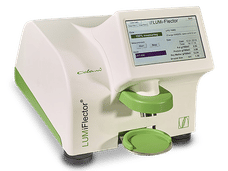
LUMiFlector by LUM
Inline & Atline MRS Spectrometer for Determination of Product Properties within a Few Seconds
It determines fat, protein and dry matter content in milk and dairy products

Get the chemical industry in your inbox
By submitting this form you agree that LUMITOS AG will send you the newsletter(s) selected above by email. Your data will not be passed on to third parties. Your data will be stored and processed in accordance with our data protection regulations. LUMITOS may contact you by email for the purpose of advertising or market and opinion surveys. You can revoke your consent at any time without giving reasons to LUMITOS AG, Ernst-Augustin-Str. 2, 12489 Berlin, Germany or by e-mail at revoke@lumitos.com with effect for the future. In addition, each email contains a link to unsubscribe from the corresponding newsletter.



